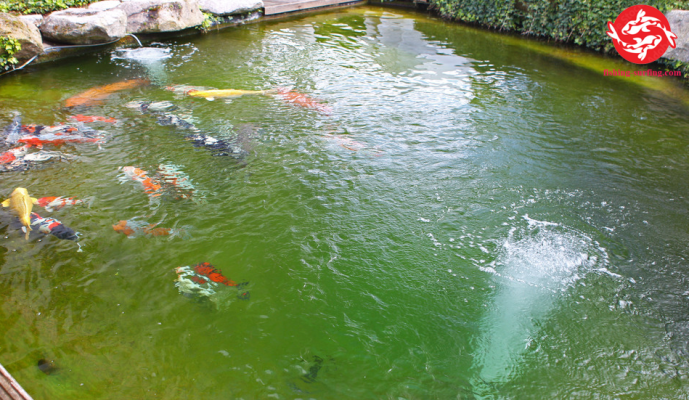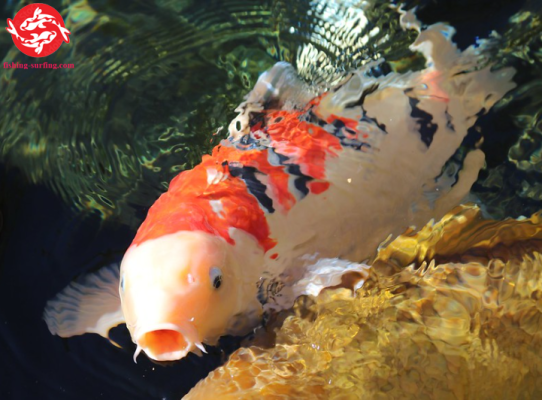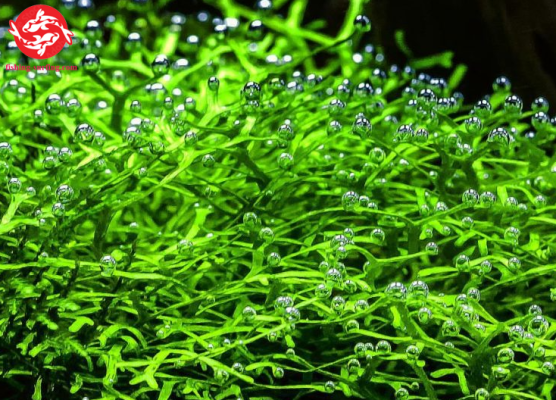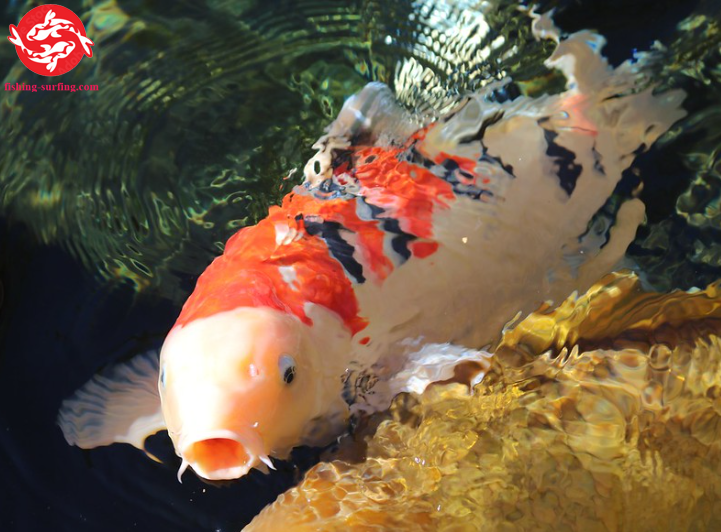Koi fish, celebrated for their vibrant colors and graceful movements, are a popular addition to many ponds and water gardens. However, to truly thrive, these beautiful creatures have specific koi oxygen requirements that must be addressed. This article will delve deep into understanding what these needs entail, ensuring that your koi can live a long, healthy life in harmony with their aquatic environment.

The Importance of Oxygen in Koi Ponds
Oxygen is vital for all living organisms, and koi fish are no exception. In this section, we’ll explore the essential role that oxygen plays in the health and well-being of koi.
Why Do Koi Need Oxygen?
Koi fish require oxygen for respiration. They absorb dissolved oxygen from the water through their gills, which is then transported to various cells throughout their bodies. This process is crucial for producing energy, enabling koi to swim, grow, and reproduce effectively.
Additionally, oxygen is necessary for the breakdown of waste products within the pond. Without sufficient oxygen, toxic substances can build up, leading to detrimental effects on both the fish and the overall ecological balance of the pond.
How Much Oxygen Do Koi Require?
While koi are relatively hardy fish, they still need adequate levels of dissolved oxygen. Typically, it is recommended that the oxygen levels remain above six milligrams per liter for optimal health. However, factors such as temperature, pond size, and stocking density play significant roles in determining how much oxygen your koi may require.
Higher water temperatures reduce the solubility of oxygen, meaning that koi will require more aeration during the warmer months. Conversely, cooler water retains oxygen more efficiently, allowing koi to thrive even when fewer resources are available.
Signs of Low Oxygen Levels in Koi
Recognizing the signs of low oxygen is crucial for maintaining a healthy koi environment. Some symptoms include:
- Surface Breathing: If your koi frequently gulp air at the surface, it may indicate they are struggling to obtain enough oxygen from the water.
- Lethargy: Koi that appear sluggish or inactive could be experiencing stress due to low oxygen levels.
- Changes in Color or Appearance: A sudden change in coloration or the appearance of stress lines can signify oxygen deprivation.
Observing these behaviors can help you take proactive measures to ensure your koi’s well-being.

Creating An Optimal Oxygen Environment
Developing an ideal habitat for koi involves several strategies. We will discuss different methods to enhance oxygenation in your pond.
Aeration Techniques
One of the most effective ways to increase oxygen levels in a pond is through aeration. Various systems exist, suited for different pond sizes and budgets.
- Air Pumps: These pumps introduce air directly into the water, significantly increasing the amount of dissolved oxygen available. They can be easily installed and are energy-efficient.
- Waterfalls and Fountains: Natural features like waterfalls and fountains not only add aesthetic beauty but also aid in oxygen exchange by agitating the water surface.
- Diffuser Systems: By using air stones connected to an air pump, diffusers release tiny bubbles into the water, which rise to the surface and promote oxygen transfer.
Each system has its benefits, and selecting the right one for your pond will depend on various factors, including the size of the area and existing water features.
Maintaining Water Quality
Poor water quality can lead to reduced oxygen levels. Regular monitoring and maintenance are necessary to ensure optimal conditions for your koi.
- Regular Testing: Using water testing kits to check parameters such as pH, ammonia, nitrites, and nitrates will help you understand your pond’s health.
- Filtration Systems: Employing a good filtration system minimizes waste buildup and promotes better water clarity and quality.
- Partial Water Changes: Changing a portion of the pond water regularly dilutes toxins and refreshes oxygen levels, creating a healthier ecosystem for the koi.
The collective aim of these practices is to maintain a balanced environment that supports both the koi and beneficial bacteria in the pond.
Seasonal Adjustments
As seasons change, so do the oxygen needs of koi. It’s vital to adapt your care accordingly.
- Spring and Summer: Warmer temperatures typically mean increased metabolism for koi. During hot weather, it’s essential to monitor oxygen levels closely and consider additional aeration methods.
- Fall and Winter: As temperatures drop, koi enter a state of torpor, and their oxygen requirements decrease. However, ice formation can limit oxygen exchange, making it important to keep a portion of the pond surface clear.
By being aware of the seasonal changes, you can proactively adjust your pond management practices to cater to your koi’s oxygen needs.
The Role of Plants in Oxygenation

Aquatic plants can be instrumental in maintaining healthy oxygen levels in koi ponds. This section explores how they contribute to the overall health of the ecosystem.
Types of Oxygenating Plants
Certain plants are particularly effective in enhancing oxygen levels. Common choices include:
- Hornwort: A fast-growing perennial that thrives submerged and releases oxygen during photosynthesis.
- Anacharis: Another aquatic plant that not only produces oxygen but also helps filter water impurities.
- Water Lilies: While primarily decorative, their broad leaves provide shade and reduce algae growth, indirectly supporting oxygen levels.
Integrating these plants improves aesthetics while providing essential oxygen to your koi pond.
Balancing Plant Life and Koi Population
While plants are beneficial, it’s crucial to strike a balance between plant life and koi population density. Overcrowding either can lead to competition for oxygen and nutrients.
Proper planning will help create a harmonious environment where koi can flourish without being outcompeted for resources.
Seasonal Plant Care
Understanding the seasonal behavior of aquatic plants is key to maximizing their benefits.
- Spring Growth: In spring, many plants emerge rapidly, releasing high levels of oxygen. Regular trimming ensures they don’t overtake the pond.
- Winter Dormancy: During colder months, some plants go dormant and stop producing oxygen. It’s essential to prepare for this by ensuring alternative oxygen sources are in place.
Through diligent care and observation, you can maintain a vibrant aquatic habitat that nurtures both koi and plants.
FAQs
What are the ideal oxygen levels for koi ponds?
Koi ponds should ideally maintain oxygen levels above six milligrams per liter for optimal health and vitality.
How can I tell if my koi are getting enough oxygen?
Look for signs like surface breathing, lethargy, or changes in coloration. Consistent monitoring of water parameters can also provide insights.
What are the main causes of low oxygen levels in koi ponds?
Common causes include high temperatures, poor water circulation, excessive debris, and overcrowded fish populations.
Can I use chemicals to increase oxygen levels in my pond?
While there are chemical additives available, it’s best to rely on natural methods like aeration systems and plant integration for sustainable results.
How often should I test my pond water?
Regular testing, at least once a week during peak season, ensures you stay ahead of any potential issues regarding oxygen levels and water quality.
Conclusion
Understanding koi oxygen requirements is essential for the successful upkeep of a koi pond. By implementing effective aeration techniques, maintaining water quality, considering seasonal adjustments, and incorporating aquatic plants, koi enthusiasts can create an environment that fosters the health and beauty of these magnificent fish. With attentive care and dedication, your koi will not only survive but thrive, becoming a stunning centerpiece in your garden or landscape. Engaging with the rhythms of nature and the intricate ecosystem in your pond can deepen your appreciation for these extraordinary creatures, enriching your experience as a koi keeper.


